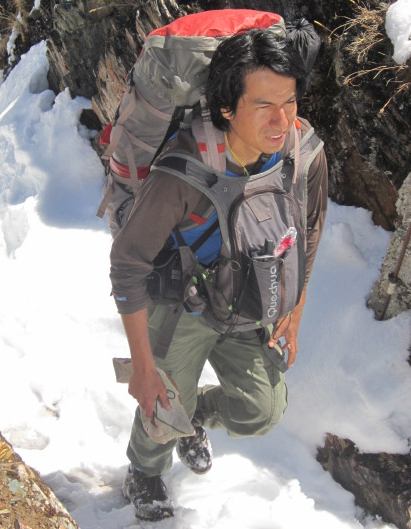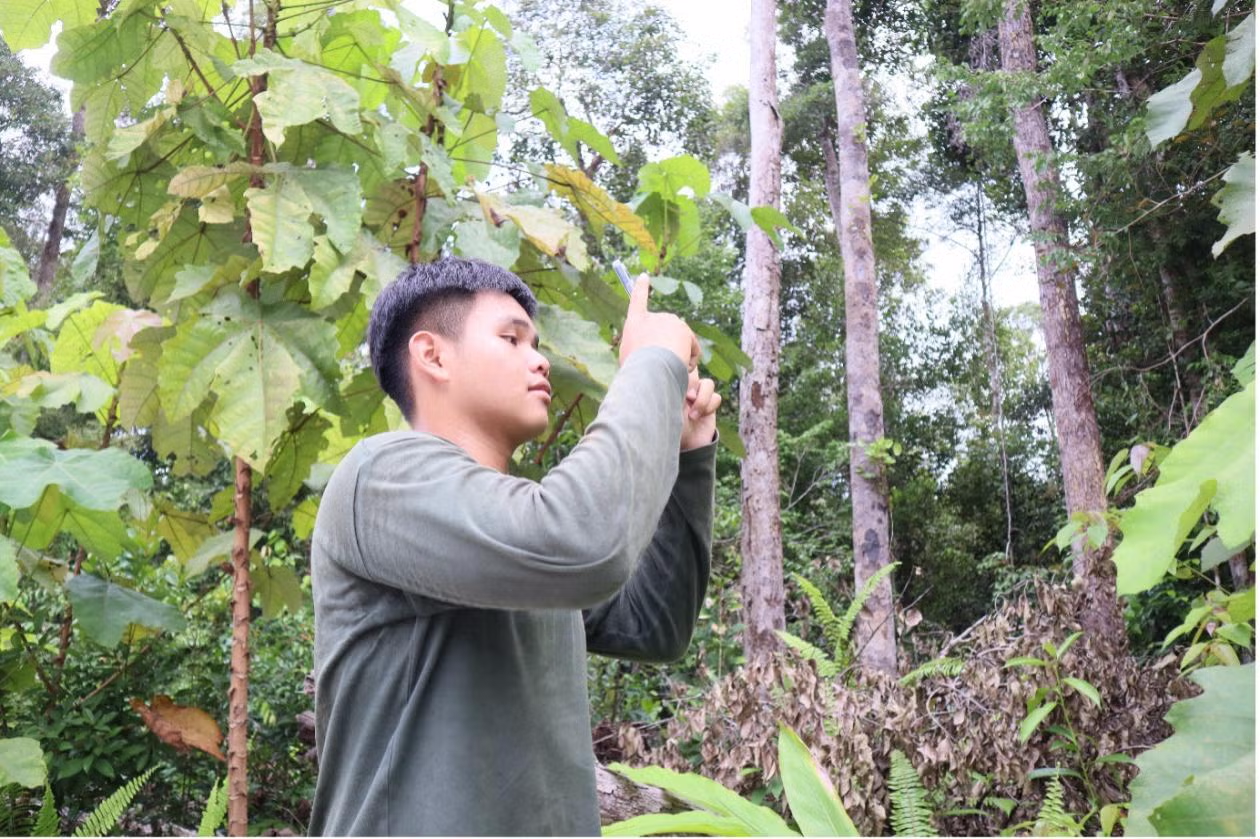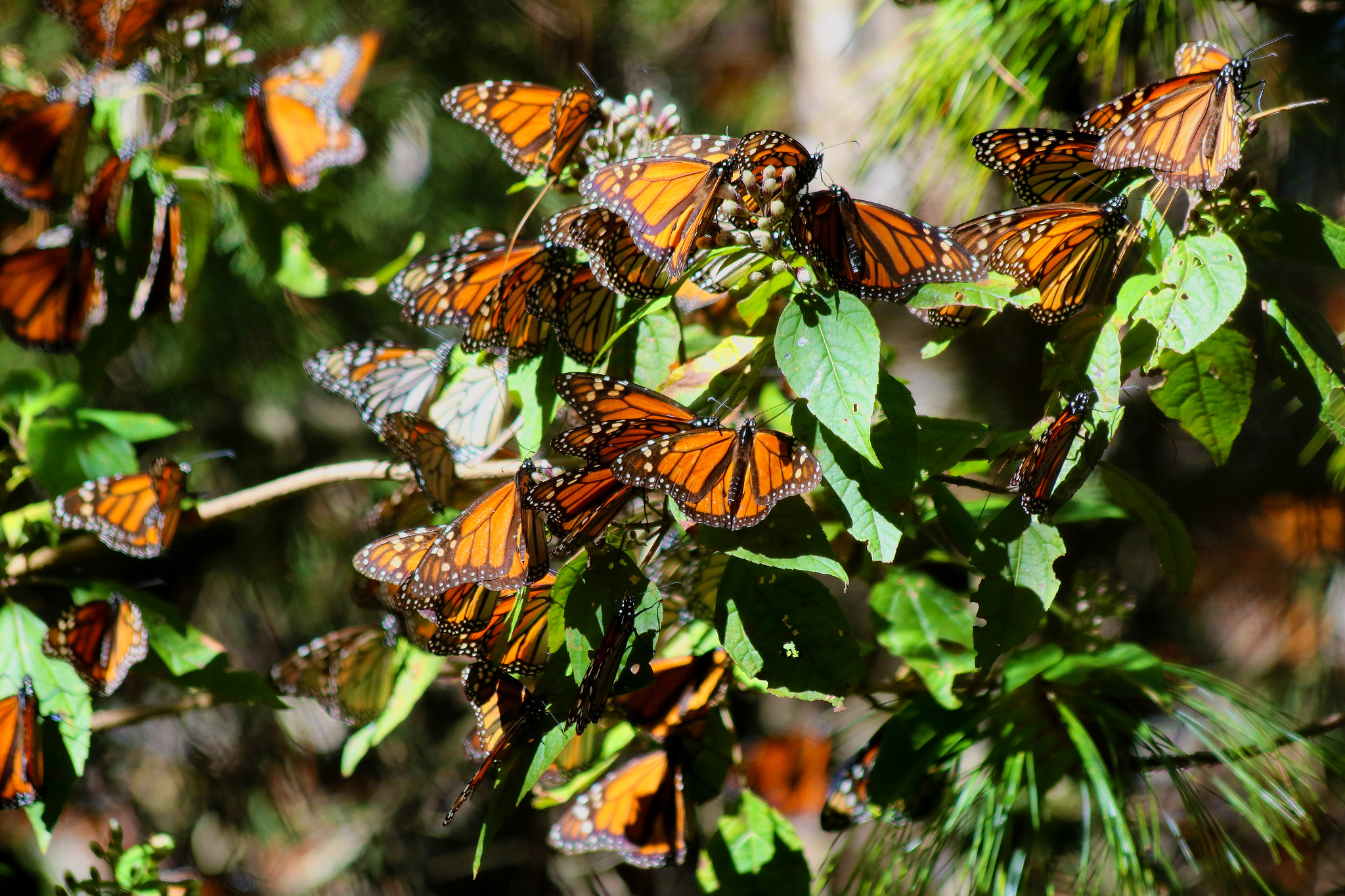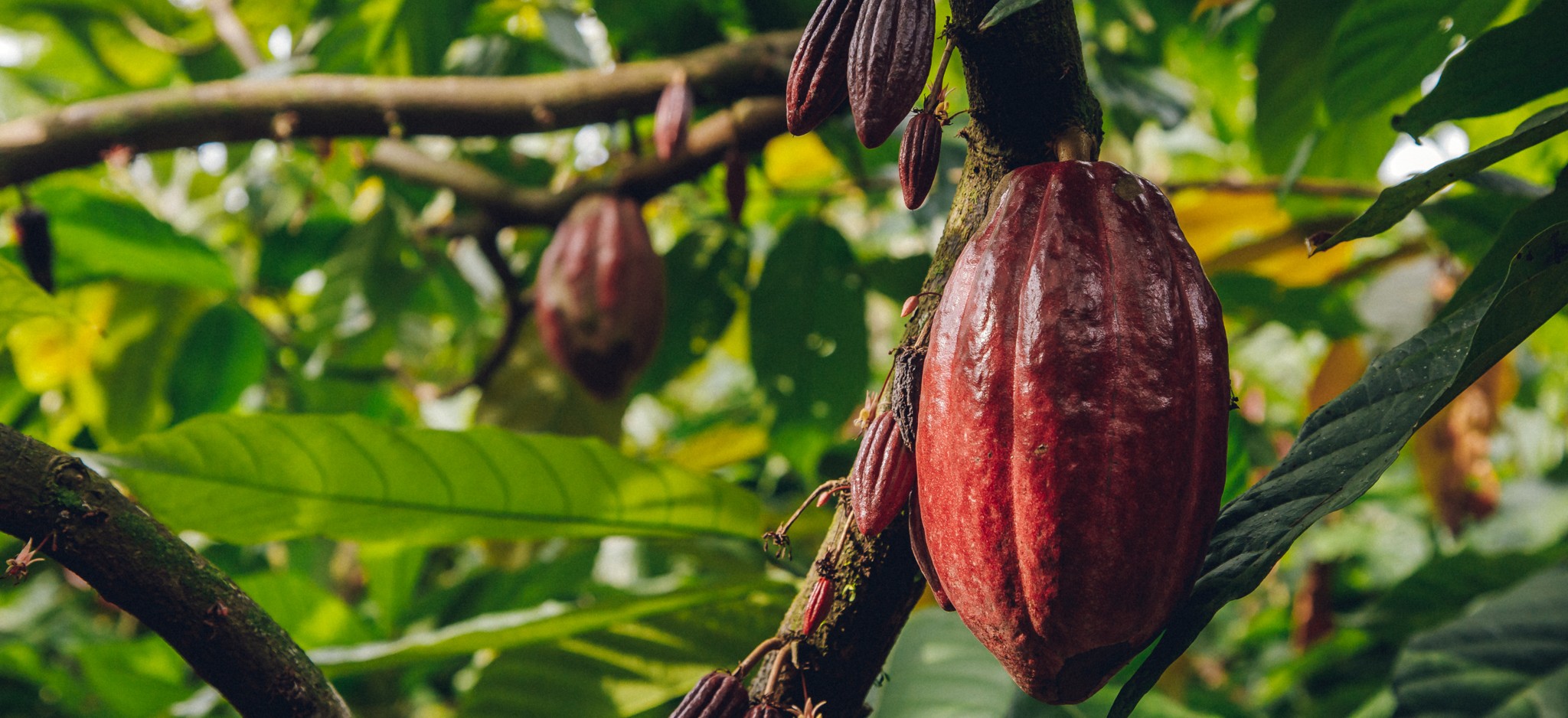GFW User Profile: David Torres
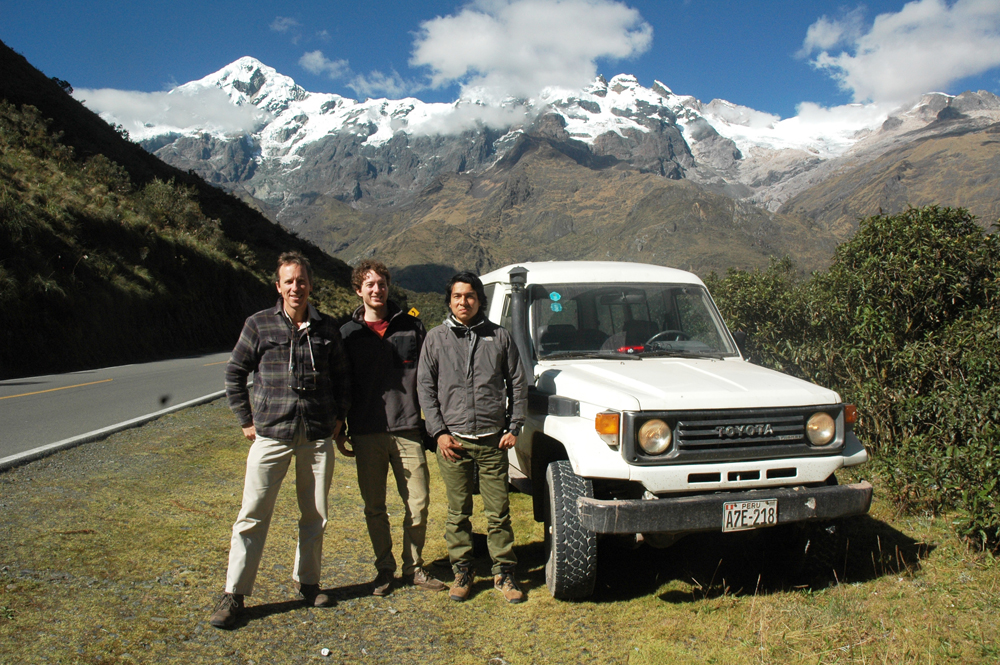
For this installment of GFW User Profiles, we spoke with David Torres, Operations Officer for Nature Services Peru.
What organization do you work with and what do you do? I work at Nature Services Peru (NSP), a Peruvian company dedicated to sustainable landscape management. NSP connects land stewards and clients looking to sustain healthy ecosystems and balance their ecological footprint. I’m responsible for the team that is developing the Nature Services Exchange (NSE), a web-based tool for carbon transactions. NSE is a spatially explicit transaction platform designed to bring understanding, integrity and equity to ecosystem services schemes in Peru. How did you become interested in forests? I’m interested in forests because of their beauty and complexity. At the same time they are under great pressure despite the fact that in many cases they provide greater utility and benefits to people and animals when they are protected. So this contradiction makes me see the forest situation as a problem that deserves to be solved. At the same time, it is an opportunity for the necessary transformation towards the well-being of our global society. What are you working on right now? I’m working to make more tangible to local people the benefits of living and managing a sustainable landscape in the south-eastern Peruvian Amazon. Understanding that under “normal” scenarios the pressures for healthy ecosystems and sustainable landscapes will increase, we are using NSE to enable ecosystem services transactions as a new source of income for NSP’s local land-holding partners. NSE is also a way to explain local efforts to anyone/anywhere/anytime, in order to increase recognition for the work and the results they deliver. One of our key landscapes is the lower basin of the Alto Madre de Dios river (Manu National Park’s buffer zone); we work with four natives communities, which hold over 80,000 hectares of natural forest. At the same time, there’s a non-planning reality and many economic interests related to the extraction of natural resources in this area that generate new drivers of pressure. For example, the Shipetiari (an NSP partner) is a community of 150 people that own 28,000 hectares; they receive 60 percent of the credit sales revenue, which is invested in land use governance, pro-forest economic activities, and other locally defined needs that ensure sustainability of the work.
NSE also connects people and organizations from cities with those sustainable landscapes through Carbono Neutral por Amazonia program (CNpA). Participating organizations know where exactly the credits for their carbon neutrality came from, how this place evolved, who is responsible and how they do it. In other words, it’s the possibility to be part of change in a conscious way. By doing this, we hope the Alto Madre de Dios landscape will change for the better and the important role of the local people will be recognized. At the moment there are valuable initiatives and openness to pursue a more inclusive common vision. How does GFW fit into your work? GFW gives us part of the global picture of forest status, within which our initiatives can be framed to investors and to local communities who are new to technology. This is great because it is good to have a third party opinion that is impartial, public and shows complementary information.
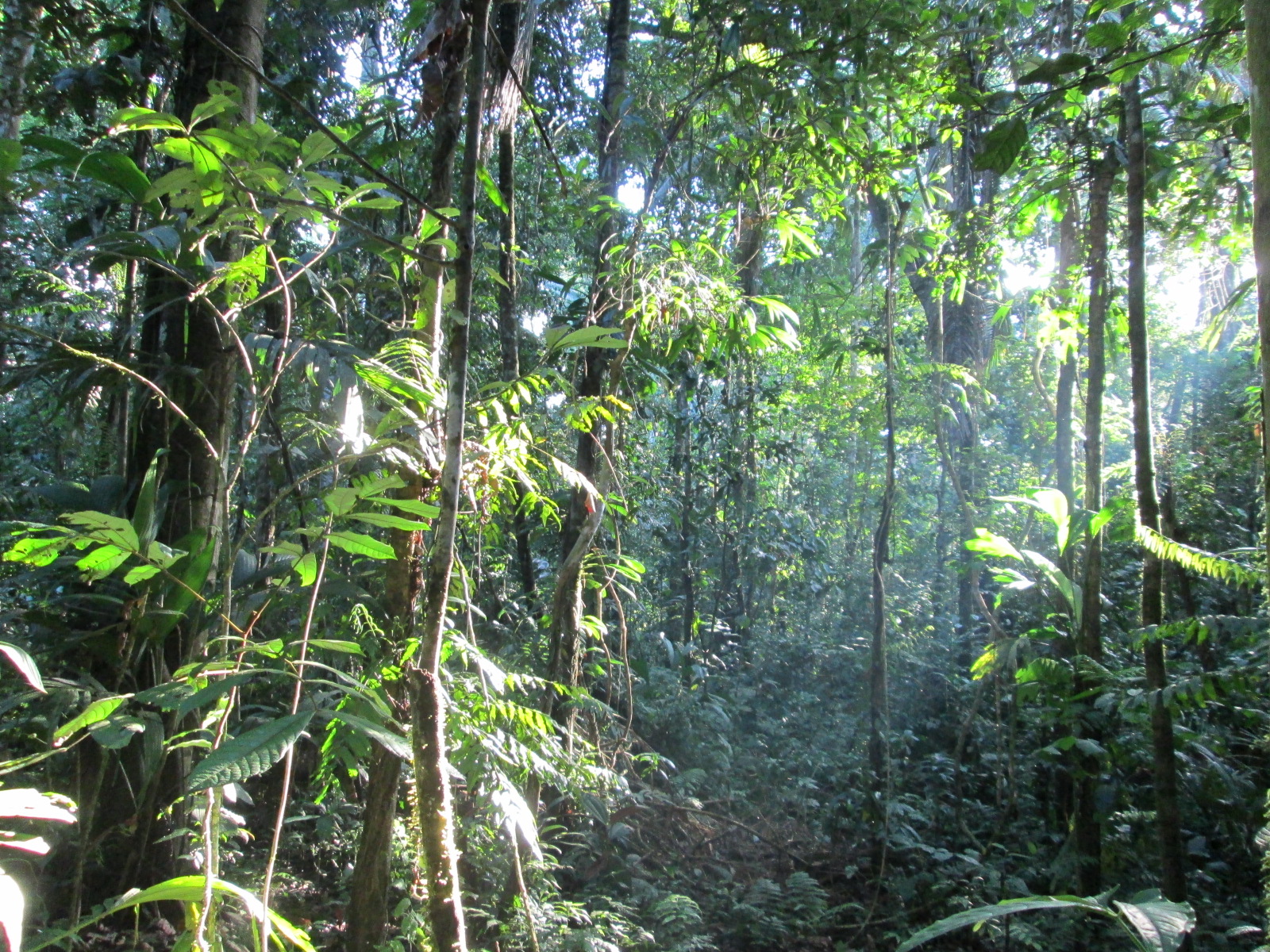
How did you find out about GFW? I found GFW while looking at the tropical deforestation problem, which helped me realize the potential of technology as a tool for conservation, development today, and the change needed therein. The management of different sources of information (scientific, legal, business, etc.) and the building of strategic partnerships (academia, NGO’s, governments, etc.) that GFW is advancing seems to me a very good example of architectural innovation, knowledge generation and – last but not least – enabling support for local action. Did you find anything surprising with the data? The launch of My GFW was a very good news because now everybody could obtain information in a more easy and precise way. The recent deforestation increases in Brazil and Indonesia are important insights for implementing specifics policies and actions. This shows the value of a tool like GFW that is continuously updated (which is improved with the GLAD alert system).

